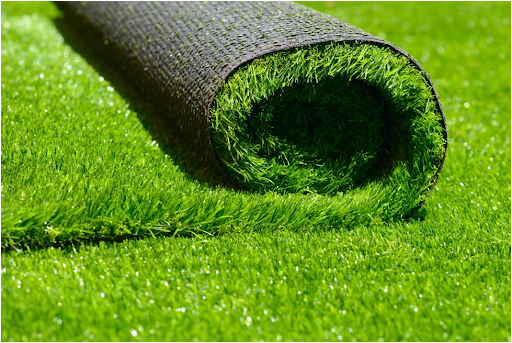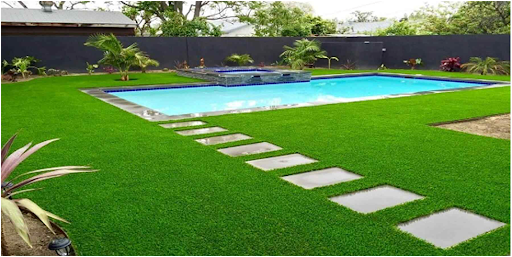Is there anything more beautiful than a lush green lawn whose vibrant colors catch the eye? If you have ever seen such a yard, you must have wondered what the secret is and how your lawn can look so good. You can achieve that with natural grass, but it requires a lot of time, energy, and money. Or, for a fraction of the cost and effort, you can install artificial grass and get the yard of your dreams.
On the following page, learn more about the benefits of synthetic grass:
https://www.angi.com/articles/artificial-grass-pros-cons.htm
With fake turf, your lawn will have a fresh look throughout the year. Even after heavy rains, frosts, and high temperatures, this grass will look as good as new with minimal effort and resources. Still, the fact that this investment requires minimal investment doesn’t mean it needs no maintenance. Taking a good care of these surfaces will keep them in good shape for a long time and help them reach maximum life expectancy.
Table of Contents
Regular Superficial Cleaning
Branches, leaves, and even solid pet waste should be cleaned from these surfaces regularly. You can remove debris with a plastic rake or a stiff brush, while larger pieces can simply be picked up with your hands. For larger amounts of fallen leaves, you can use a leaf blower. A good tip is to regularly trim the trees and bushes near or on your lawn to make its maintenance easier.
Also, regular lawn brushing will help maintain its good look. In places where garden furniture has been standing or with a lot of foot traffic, synthetic blades can wilt or mat. Use a brush with plastic bristles to lift fibers and perk up your lawn.
The fake turf doesn’t require watering, but it still needs some water from time to time. It’s recommended that you hose off your lawn every few days to remove dust, dirt, and allergens from the synthetic blades. Fake turf comes with an excellent drainage system underneath, so you don’t have to worry that all that water will stay under and make the surface soggy and wet.
Remove Stains
If kids or pets play on the lawn, there is a great chance that stains of different compositions and consistencies will appear on this surface. Also, you may spill coffee, juice, or even food. The good thing is that most of these stains are easy to remove with plain water, possibly with mild soap. What matters is to pick up spills as soon as possible and not use aggressive and abrasive cleaning agents.
Don’t get upset about more persistent stains because they’re also relatively easy to clean. If you have spilled food fat, motor oil, or paint on the fake turf, try removing it with a mild detergent first. If that fails, the next step is to use ammonia-based cleaners. After using these products, rinse the lawn well.
When it comes to cleaning sticky matter from your synthetic lawn, it first needs to be physically removed. Dry ice or refrigerant will help you in this, as it freezes the stain, allowing you to scrap off the remains from the surface. Then clean it with one of the mentioned solutions, and be sure to rinse well.
Apply Weed Killer
One of the advantages of fake turf is that it doesn’t require mowing and chemicals for weed control. Once you lay the substrate and a layer of artificial grass, there is little chance that any weed will grow under it. However, there are always some airborne seeds that can sprout weeds and ruin the look of your lawn.
That’s why FloridaTurfin’ experts suggest applying a weed killer or herbicide, preferably once or twice a year. It will act on all unwanted vegetation while not damaging the synthetic blades. After the treatment, you can easily pick up dried weeds from your artificial lawn.
Restore Damaged Patches

Although fake grass is quite long-lasting, it’s not indestructible. After a while, visible damage may appear in places that have suffered weight or high foot traffic. But that shouldn’t worry you because you can replace these sections with ease, and no one will notice that.
You probably have some excess turf left over after installing the lawn. Cut a piece the size of the damaged area from where you previously removed the old turf with a box cutter. Place the new turf and secure it with nails or adhesive. If you glue down the new grass patch, make sure to compress it for better bonding.
A routine care can do wonders for your synthetic lawn. Its maintenance needs are minimal, so it takes just a little of your time and effort to clean the fake turf and make it look as good as new all the time.





